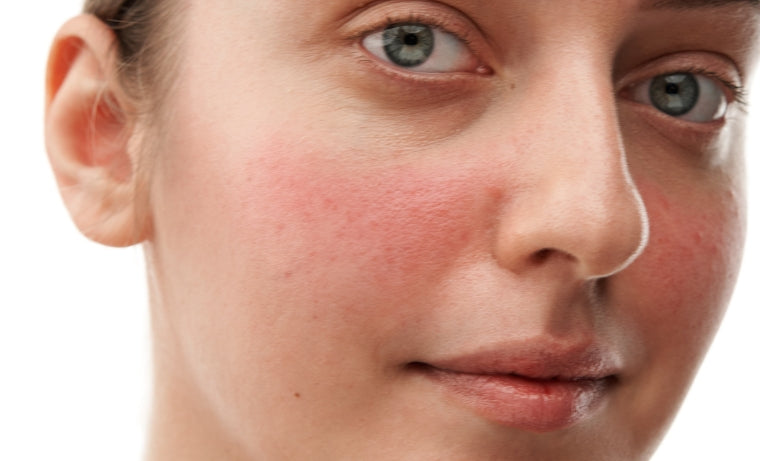
Kaip prižiūrėti jautrią odą?
Jei jums dažnai rausta veido oda, ypač skruostų, nosies ir net smakro ar kaktos srityje, šis įrašas yra tai, ko ieškote! Aptarsime, kaip susidaryti švelnią, bet efektyvią odos priežiūros rutiną,...
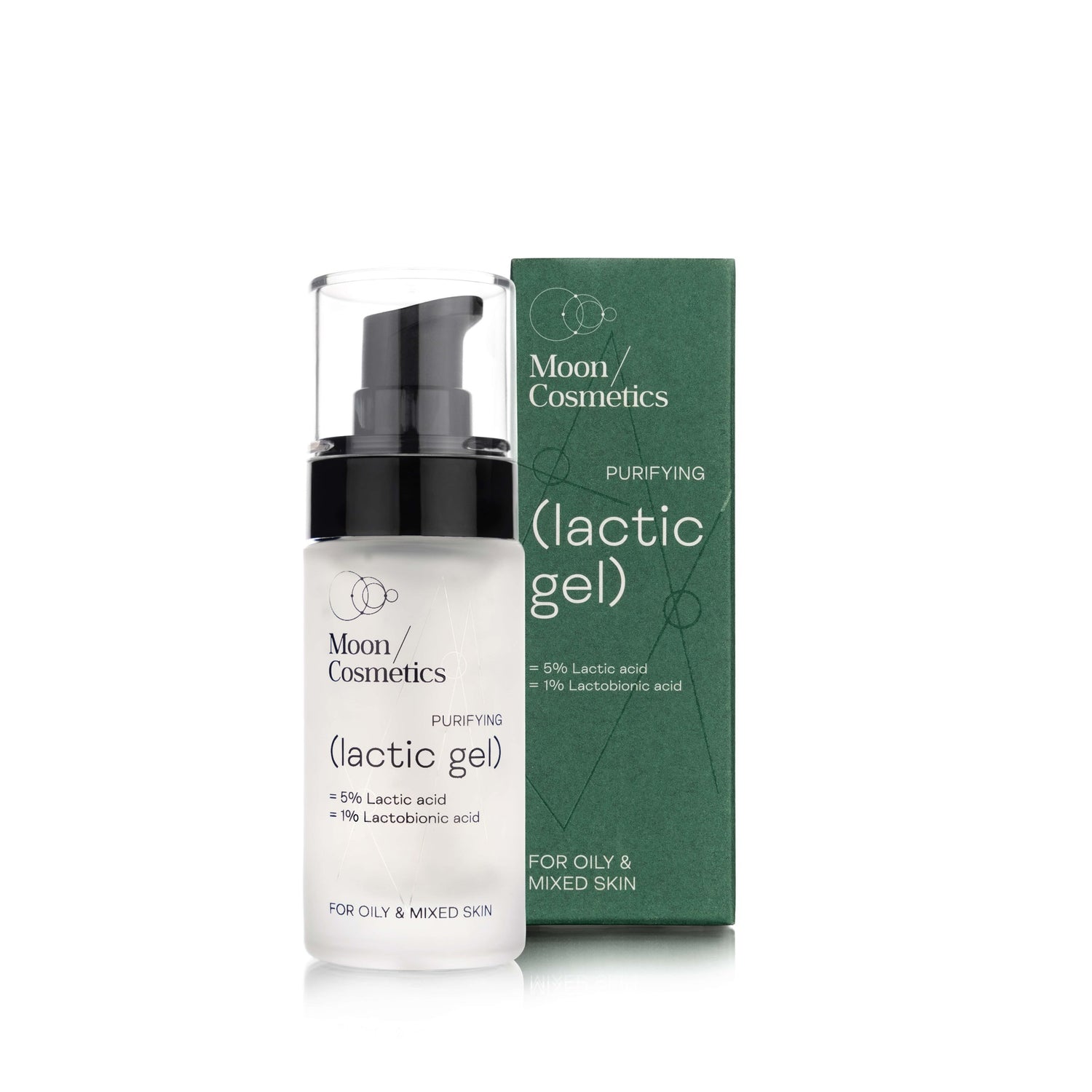
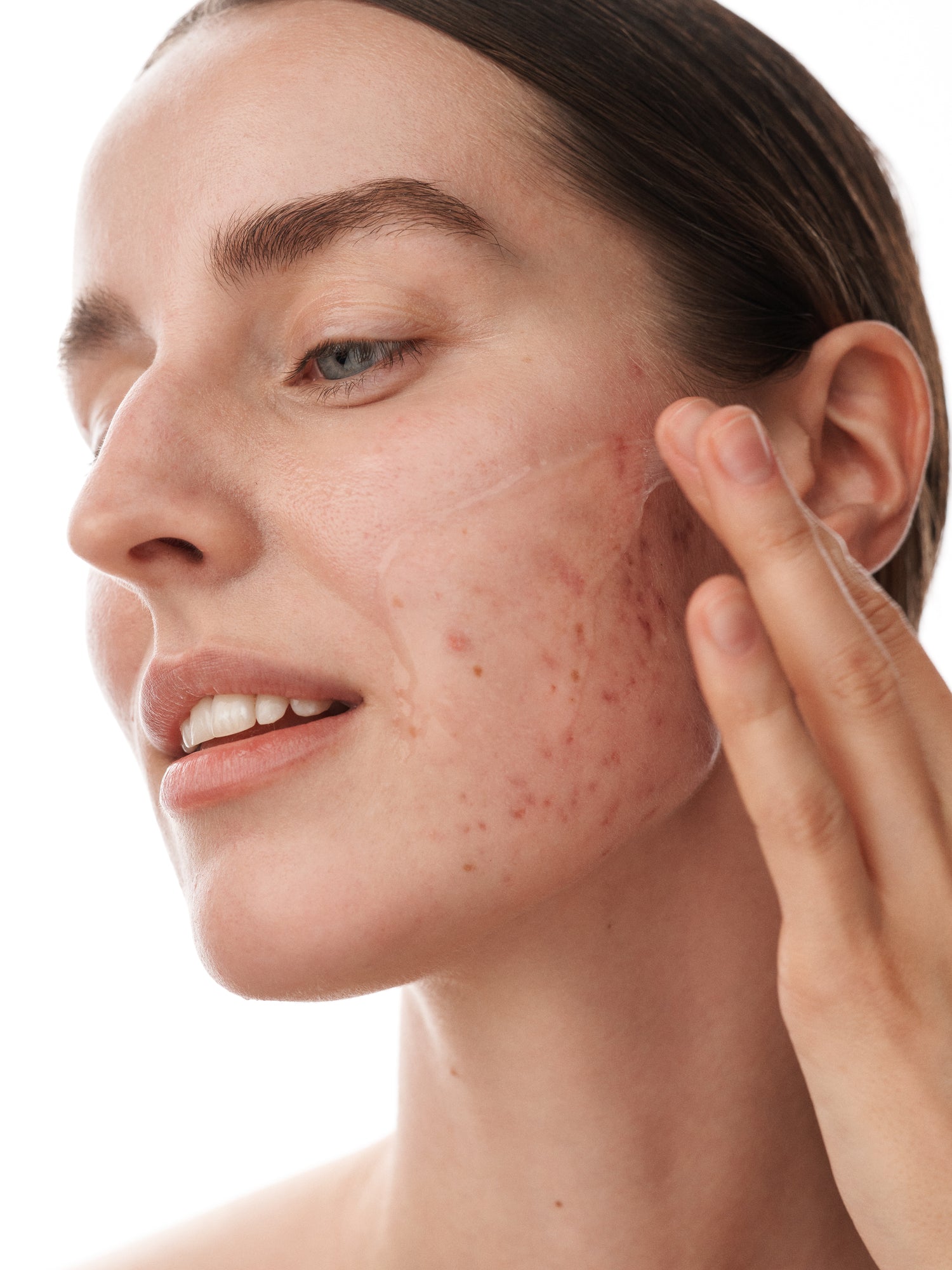
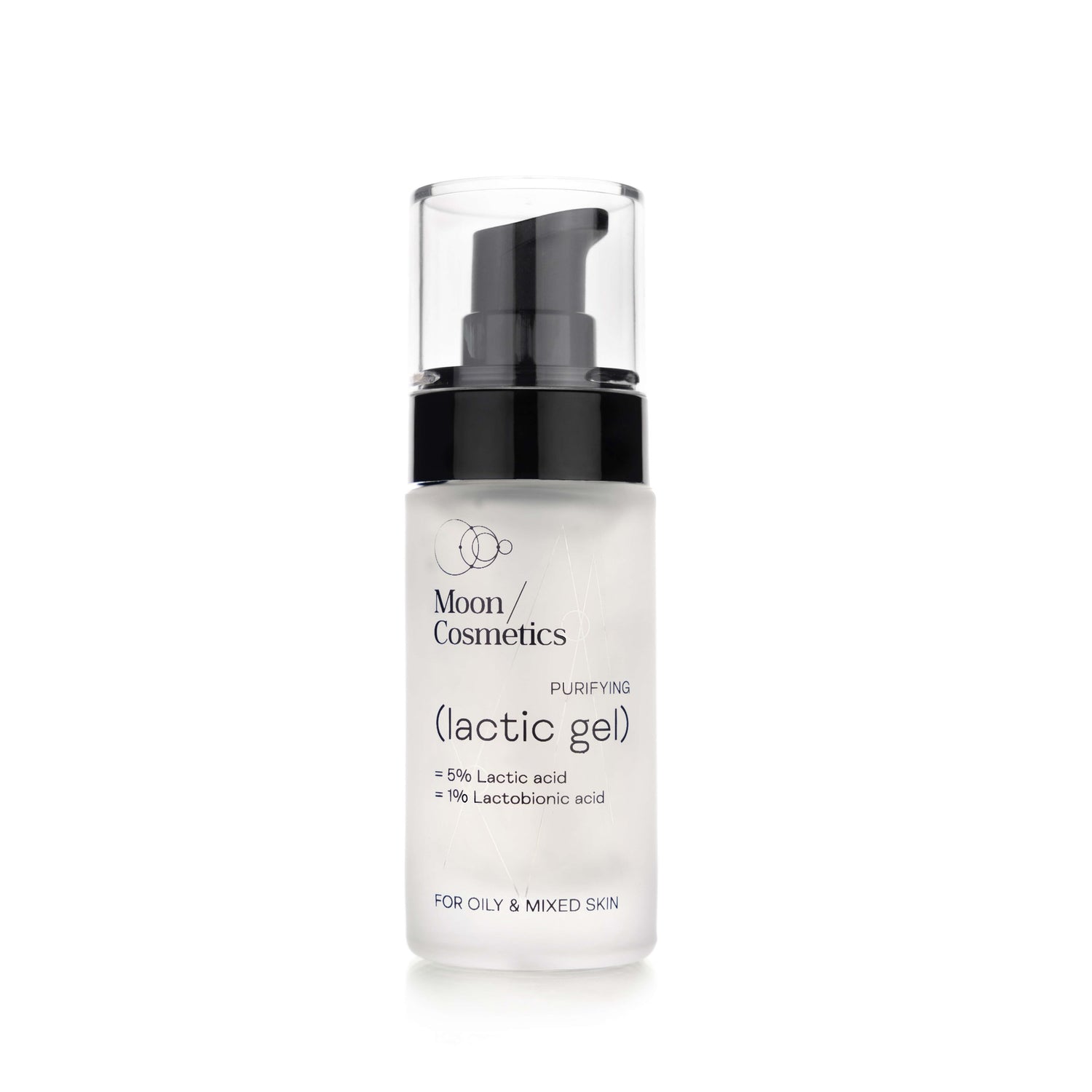
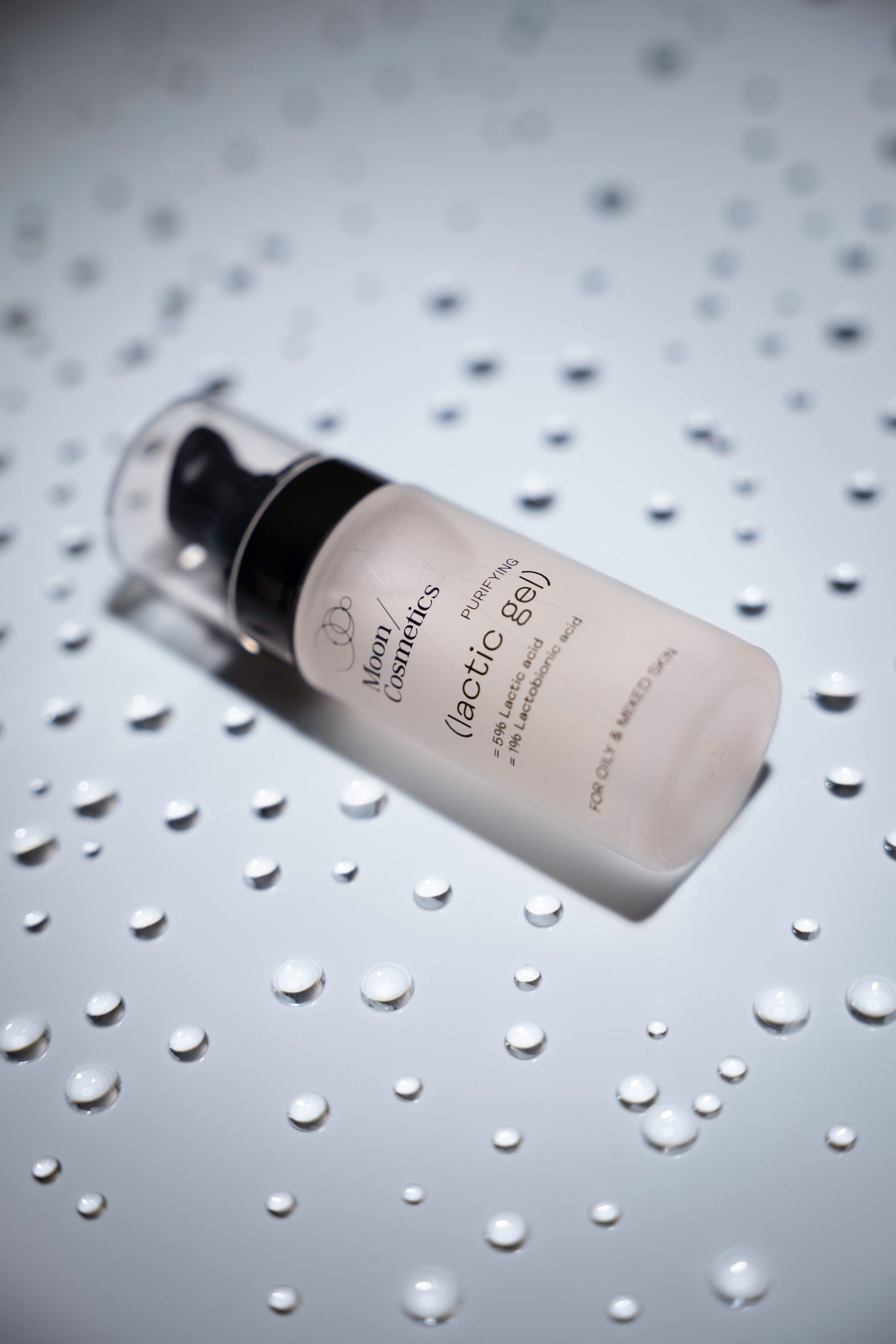
Couldn't load pickup availability
Achieve bright, soft, and smooth skin texture with this moisturizing gel cream that has 5% lactic acid and 1% lactobionic acid, which can renew skin cells and hydrate the skin. Lactic acid promotes collagen production and is effective in reducing pigmentation spots. Safe for use on sensitive, dry, acne-prone, and rosacea-prone skin types, the moisturizing gel cream with lactic acid (5%) and lactobionic acid (1%) provides multiple benefits for your skin. [1] Lactobionic acid's chemical structure strengthens skin hydration and boosts the production of skin's crucial components [2]. The product's hyaluronic acid component can help diminish wrinkles, heal wounds, and moisturize the skin. Sodium PCA restores natural moisture levels of the skin better than glycerol [4]. Furthermore, this product's inclusion of aloe vera juice strengthens skin's defenses, eases inflammation, and moisturizes. Using this product frequently can lead to obtaining clear, clean, and glowing skin.
Benefits:
We recommend the use of this moisturizing gel cream on a clean face at night for optimal results. To get the best results, make sure to apply one to two clicks of this product's dispenser onto your face and neck, ensuring even coverage.
Following the Moon Cosmetics skincare routine, use this product as the fourth step after washing your face, toning your skin, and applying the serum for ideal results.
Pairing with Vitamin C serum is not recommended, wear an SPF during daytime use.
Only use this product externally and avoid using it if you have any allergies to its ingredients. Avoid eye exposure and store it out of the reach of children. Sunscreen is recommended while using the product.
AQUA, PROPANEDIOL, LACTIC ACID, ALOE BARBADENSIS JUICE, GLYCERIN, SODIUM HYDROXIDE, SCLEROTIUM GUM, LACTOBIONIC ACID, SODIUM PCA, SODIUM HYALURONATE, XANTHAN GUM, CITRIC ACID, POTASSIUM SORBATE, SODIUM BENZOATE, CAPRYLYL GLYCOL, PHENYLPROPANOL.
Lactic acid(INCI: LACTIC ACID)
Containing both carboxy and hydroxy groups, lactic acid is an alkanoic acid that is identified by its INCI name LACTIC ACID. The clear, syrupy LACTIC ACID liquid is colorless or slightly yellow and can be effortlessly mixed with water and alcohol. Various bodily fluids including sweat, muscle serum, kidney, bile, and saliva contain L-(+) lactic acid. Being an alpha-hydroxy acid, lactic acid has moisture-absorbing abilities. Lactic acid lactates perform an essential function in metabolic processes by breaking down sugars during lactic acid fermentation. In addition to breaking down sugars during fermentation, lactic acid helps balance the skin's pH. This helps maintain a balanced pH value of the skin. Lactic acid's hygroscopic properties can assist in skin moisture, along with proteins, sugar, and urea. Lactic acid is frequently utilized in skin creams to address dry skin areas. A combination of other substances is typically used to regulate the pH level of skin care products and safeguard the skin's protective acid layer from harm. In addition, lactic acid's keratolytic properties that prevent keratinization are utilized in skin care and stratum corneum improvement products. Liquid soaps rely on lactic acid's ability to eliminate bacteria [12].
Lactobionic
acid (INCI: LACTOBIONIC ACID)
Lactobionic acid contains hydroxyl and carboxyl groups that make it chemically inert and naturally occurs in the body during lactose oxidation. Lactose oxidation in the body is where it naturally occurs, featuring hydroxyl and carboxyl groups that keep it inert chemically. Lactobionic acid's molecular weight is higher compared to glycolic and lactic acid, resulting in lesser skin permeability, but its acidic properties maintain optimal bioavailability and minimal skin irritations. Lactobionic acid has secondary antioxidant activity due to its ability to form complexes with iron ions found in the body, including ferritin and hemosiderin. Reactive free radical creation in the skin is hindered by this. Lactobionic acid possesses antioxidant abilities due to its nature as a PHA and can concurrently moisturize, exfoliate, and reduce fine lines and wrinkles. Its effects include improved tone, brightness, and elasticity in various types of skin.
Hyaluronic acid (INCI: SODIUM HYALURONATE)
Hyaluronic acid is also recognized as hyaluronic acid and naturally present in the human body. Its role is crucial in different tissues like the skin and connective tissues. Retaining water is one of its key functions, this leads to soft and smooth skin. Aging decreases hyaluronic acid production, leading to less elasticity and more wrinkles. Many face masks and eye creams contain hyaluronic acid as an active ingredient to keep the skin looking smoother for longer. One of the main functions of hyaluronic acid is to bind water in the top layer of skin cells, retaining moisture and reducing wrinkles. [13].
Tikrojo
alavijo sultys (INCI: ALOE BARBADENSIS LEAF JUICE)
A plant known as aloe (INCI: ALOE BARBADENSIS) thrives in hot and arid environments. Its juice (INCI: ALOE BARBADENSIS LEAF JUICE), which has been utilized for over 1000 years, is recognized for its hydrating and regenerative properties. The juice contains various beneficial components, including enzymes, polysaccharides, amino acids, minerals, vitamins, and antioxidants, which are particularly useful in skincare. These aloe vera extracts serve as a versatile ingredient that supports the skin's protective functions, moisturizes, soothes, and possesses anti-inflammatory properties. Additionally, they promote skin elasticity and are employed in body oils, emulsions, sunscreens, and makeup products. Beto extracts are often present in shampoos to hydrate hair.
Sodium PCA (INCI: SODIUM PCA)
Skincare and cosmetic products frequently contain a natural amino acid derivative known as sodium PCA or pyrrolidone carboxylic acid sodium salt. Sodium PCA attracts water to both deeper layers of skin and hair, helping retain moisture. The deep layers of the skin are hydrated due to this ingredient drawing moisture from them and locking it in the top layer. Sodium PCA is an effective ingredient for deep hydration of the skin and hair. Sodium PCA's plant-based variation is made from oils and fruits and is derived from pyrrolidone carboxylic acid's sodium salt. Additionally, synthetic production of sodium PCA is possible, reducing its impact on the environment.
Glycerin (INCI: GLYCERIN)
It has high skin tolerance and effectiveness, making it an excellent choice in cosmetic products. A high-viscosity, odorless liquid that can dissolve in water and other alcohols. Glycerin is essential for maintaining skin hydration as it is a natural part of the hydrolipid mantle of the skin. Thanks to its humectant properties, glycerin has become an incredibly popular ingredient in almost all skin care formulations, drawing moisture to the skin and improving overall hydration. Moreover, it has a high degree of skin tolerance and effectiveness. Shampoos and conditioners also use glycerin to improve hair texture while keeping it moisturized.
[1] ABD ALSAHEB, Ramzi A., et al.
Lactic acid applications in pharmaceutical and cosmeceutical industries. Journal
of Chemical and Pharmaceutical Research, 2015, 7.10: 729-735.
[2] TASIC‐KOSTOV,
Marija, et al. Lactobionic acid in a natural alkylpolyglucoside‐based vehicle:
assessing safety and efficacy aspects in comparison to glycolic acid. Journal
of Cosmetic Dermatology, 2010, 9.1: 3-10.
[3] ZHU,
Jieyu, et al. Applications and delivery mechanisms of hyaluronic acid used for
topical/transdermal delivery–a review. International journal of
pharmaceutics, 2020, 578: 119127.
[4] DRAELOS,
Zoe D. The science behind skin care: moisturizers. Journal of cosmetic
dermatology, 2018, 17.2: 138-144.
[5] ALGIERT‐ZIELIŃSKA,
Barbara; MUCHA, Paulina; ROTSZTEJN, Helena. Lactic and lactobionic acids as
typically moisturizing compounds. International journal of dermatology,
2019, 58.3: 374-379.
[6] NADARZYNSKI,
Alexandra; SCHOLZ, Jonas; SCHRÖDER, Markus S. Skin Barrier Enhancing
Alternative Preservation Strategy of O/W Emulsions by Water Activity Reduction
with Natural Multifunctional Ingredients. Cosmetics, 2022, 9.3: 53.
[7] HUANG,
Huey-Chun, et al. Lactic acid bacteria and lactic acid for skin health and
melanogenesis inhibition. Current Pharmaceutical Biotechnology, 2020,
21.7: 566-577.
Can the moisturizing gel cream with lactic acid be used on sensitive and dry skin?
Yes. According to concentrations of lactic acid and lactobionic acid make this gel cream suitable for sensitive and dry skin types. The skin can be exfoliated gently by lactic acid, and lactobionic acid can be used in various skin irritations due to its high molecular weight and biocompatibility. Hyaluronic acid, sodium PCA, and aloe juice work as active moisturizers to provide hydration and soothing to the skin.
How to use moisturizing gel cream with lactic acid if I have not used products with acids?
First-time users should gradually introduce their skin to this type of product. A helpful approach is to use acidic products every third or fourth night and gradually increase the frequency until the skin adapts fully. It is advised to use acidic products every third or fourth night and increase the frequency gradually.
Can the moisturizing gel cream with lactic acid be used together with the vitamin C serum?
Avoid using products with lactic acid or other AHA acids alongside vitamin C as this may cause an imbalance in the skin's pH level. To avoid pH imbalance that results in the loss of effects and skin irritation, refrain from combining products with lactic acid or AHA acids and vitamin C.
What type of serum is best to use with a moisturizing gel cream with lactic acid?
If you have dry, normal, or combined skin, you can apply a moisturizing face cream or a regenerating cream with ceramides over the moisturizing gel cream with lactic acid. Additionally, this gel cream pairs well with a hyaluronic acid serum due to its light consistency.

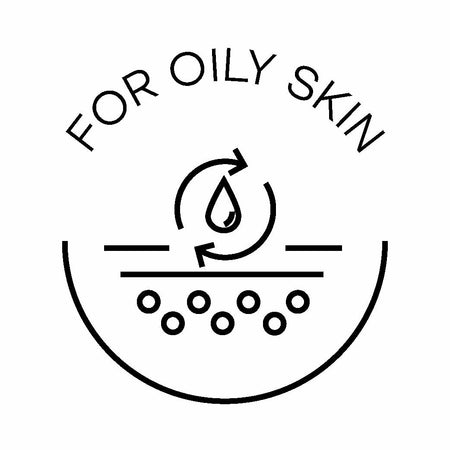
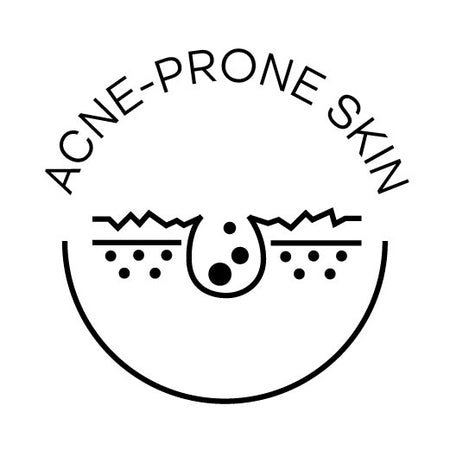



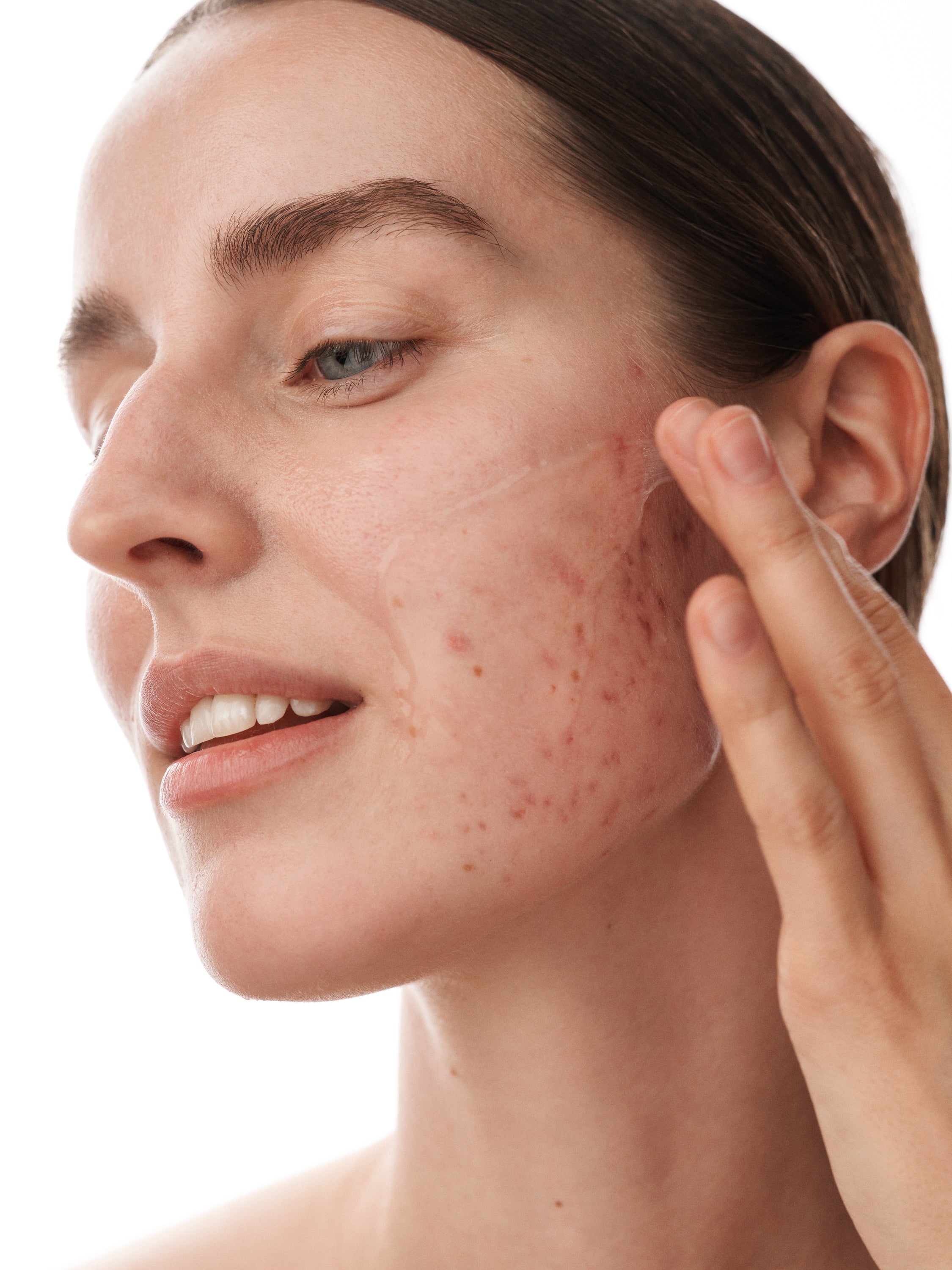



Moisturizing Multi-functional gel cream with lactic acid

Jei jums dažnai rausta veido oda, ypač skruostų, nosies ir net smakro ar kaktos srityje, šis įrašas yra tai, ko ieškote! Aptarsime, kaip susidaryti švelnią, bet efektyvią odos priežiūros rutiną,...
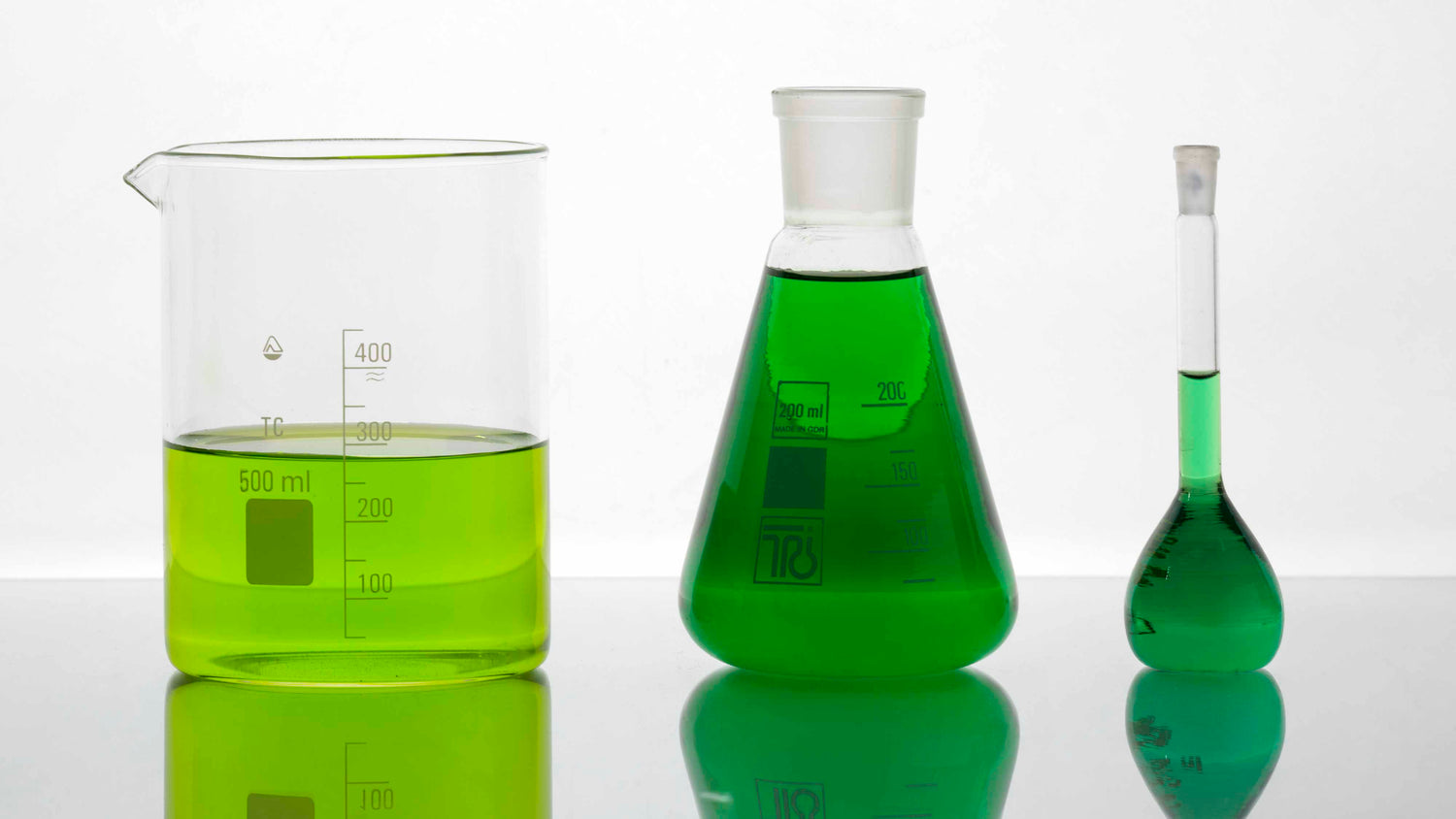
Pavasarį ir vasarą mūsų oda susiduria su įvairiais iššūkiais: didesniu saulės spindulių aktyvumu, dažnesniu prakaitavimu ir didele oro drėgme. Todėl itin svarbu pasirinkti teisingus produktus, kurie padėtų išlaikyti odą sveiką...
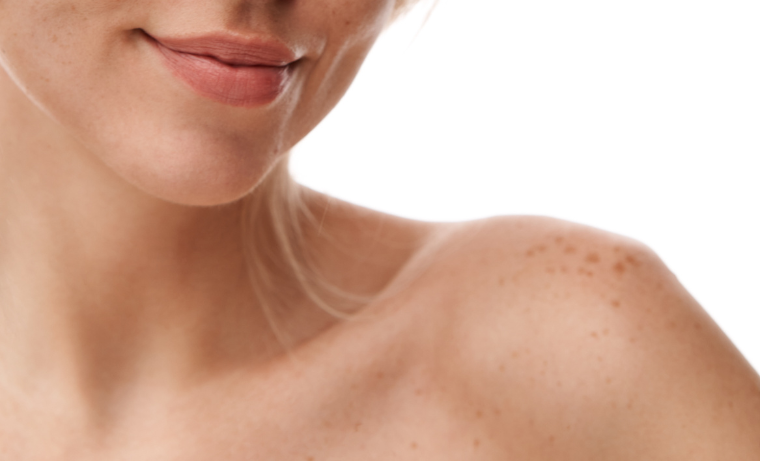
Su įvairiomis odos pigmentacijos problemomis susiduriame bene kiekvienas iš mūsų. Vieni kovoja su po spuogų likusiomis rausvomis dėmelėmis, kiti – su saulės spindulių sukeltomis dėmėmis. Suprasti, kaip atsiranda odos pigmentacija,...

